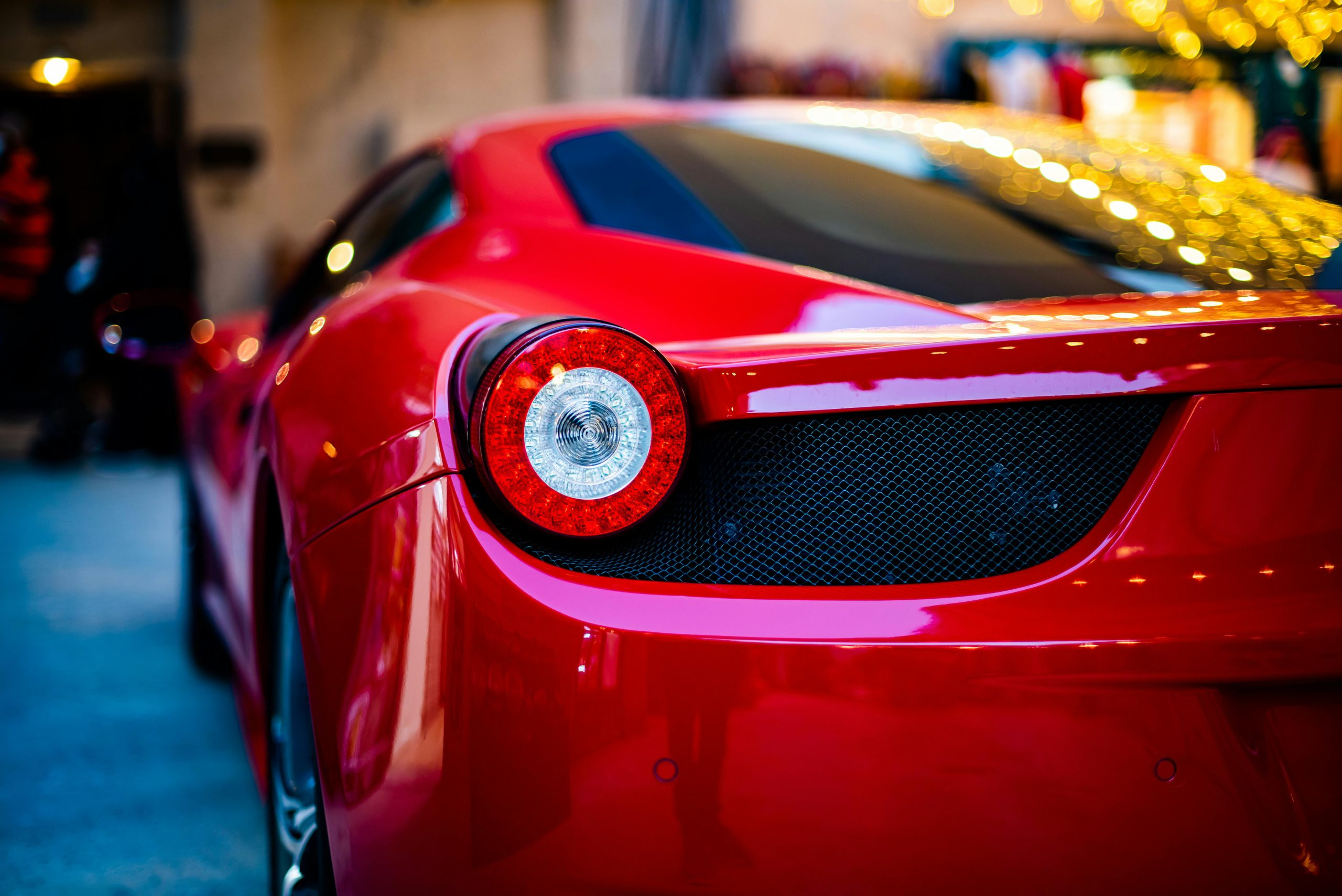Mastering the Art of Automotive Detailing
As a car lover, there are few things more satisfying than seeing your vehicle gleaming with a glossy shine, looking like it just rolled out of the showroom. That’s where mastering the art of automotive detailing comes in. Detailing is not just about making your car look pretty, it’s about protecting and preserving its value over time. From simple car washes to advanced polishing techniques, let’s dive into the world of automotive detailing and how you can become a master of the craft.
What is Automotive Detailing?
Automotive detailing involves the process of thoroughly cleaning, restoring, and protecting the various surfaces of a vehicle. It goes beyond a standard car wash and includes both the exterior and interior of the car. This includes removing dirt, stains, and imperfections, as well as applying protective products such as wax and sealant to prevent damage and maintain the car’s appearance.
The Different Aspects of Detailing
Detailing can be broken down into two main categories: exterior and interior. Each category has its own set of techniques and products to achieve the desired results.
Exterior Detailing
The exterior of a car is exposed to harsh elements such as UV rays, salt, dirt, and pollution. Over time, these can cause damage to the paint, clear coat, and other exterior surfaces. That’s why it’s important to regularly detail the exterior of your vehicle to protect it from these elements and maintain its shine.
Exterior detailing typically starts with a thorough wash to remove any dirt and grime. This can be followed by a clay bar treatment, which helps remove embedded contaminants from the paint surface. Once the surface is clean, a polish can be applied to remove any imperfections and add shine. Finally, a coat of wax or sealant should be applied to protect the paint from future damage.
Interior Detailing
The interior of a car can easily accumulate dust, debris, and spills. Detailing the interior involves thorough cleaning of all surfaces, including carpets, upholstery, and dashboard. This can be achieved by using specialized cleaners and brushes to ensure a deep clean. Conditioning products can also be used to protect and enhance the appearance of leather and vinyl surfaces.
Mastering the Art of Automotive Detailing
So, how do you become a master of automotive detailing? Here are a few tips to help you get started:
Invest in Quality Products
The key to achieving professional results is to use high-quality detailing products. This includes car shampoos, polishes, waxes, and sealants. These products are specifically designed for automotive use and will provide better results than ordinary household products. While they may be more expensive, they will save you time and effort in the long run.
Get the Right Tools
Having the right tools is just as important as using quality products. This includes various types of brushes, microfiber towels, and a high-quality buffer. Investing in these tools will not only make your detailing work easier but also ensure a better finish.
Follow Proper Techniques
To achieve the best results, it’s important to follow proper detailing techniques. This includes washing your car in sections, using the correct pressure and motion when polishing, and applying products in thin, even layers. This will ensure that your car is cleaned and protected without causing any damage.
Stay Consistent
Regularly detailing your car is key to maintaining its appearance and protecting its value. Depending on your driving habits and environment, it’s recommended to detail your car every 3-6 months. Staying consistent with your detailing routine will ensure that your car always looks its best.
The Bottom Line
Mastering the art of automotive detailing takes time, effort, and practice. With the right products, tools, and techniques, you can achieve professional results and keep your car looking like new. Whether you’re a car enthusiast or simply looking to protect your investment, detailing is an essential skill that every car owner should learn.










